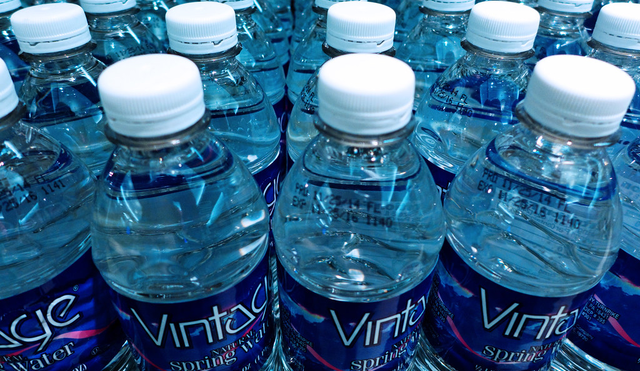Scientists at Columbia University’s Lamont-Doherty laboratory have found that the quantity of microscopic plastic floating in bottled drinking water is far greater, and more harmful, than initially thought. Using sophisticated imaging technology, the researchers examined samples from three popular brands, finding hundreds of thousands of bits of plastic per litre of water.
Ninety percent of those plastics were small enough to qualify as nanoplastics. These are microscopic particles so small that they can be absorbed into human cells and tissue, as well as cross the blood-brain barrier. The research, published in the Proceedings of the National Academy of Sciences, raises concerns about the potentially harmful health effects of their presence in consumables.
The quantity of nanoplastics was found to be 10 to100 times greater than previously estimated by the team, whose tests included examining samples from many locations across the world. “For a long time before this study, I actually thought that what was inside bottled water [in terms of] nanoplastics was just a few hundred PET particles,”said Naixin Qian, the lead author of the study and a Columbia chemistry graduate student. “[But] it turns out to be much more than that.” PET, or polyethylene terephthalate, is a type of clear plastic commonly used for single-use water bottles.
This research is part of a wider trend: wherever scientists look for plastic, they find it. Microplastics have been documented in bottled and tap water for several years, but the revelation of nanoplastics raises additional alarm. This is because they can easily be absorbed into animal and human cells, and travel to the organs and tissue. The nanoscale size also means they have the ability to move across biological membranes, including the blood-brain barrier. Once inside the body, the tiny particles can cause numerous problems including cell damage, inflammation and even cancer.
Although the source of the plastic found in the bottled water has not yet been determined, researchers have cited several potential sources, including the manufacturing process, the bottles, and the packaging. Recycling non-biodegradable plastic bottles and materials could help significantly reduce the amount of plastic in the environment as well as the food chain. The researchers also suggest more research needs to be done to understand the potential effects that these plastic particles could have on human health. Indeed, such research could “be used to guide regulatory decisions and other hazard assessments”, the report concludes.
The researchers themselves admit that the exact impact the presence of nanoplastics could have on human health is still unclear, however, given the potential risks, both Qian and her team suggest more research could be done in order to establish the risks to human health. The team is also keen to understand how, and if the quantity of nanoplastics in bottled drinking water changes over time, and how it differs between brands and locations. Approximately 90% of the world’s packaged drinking water is bottled in plastic, with the rest packaged in glass.
















